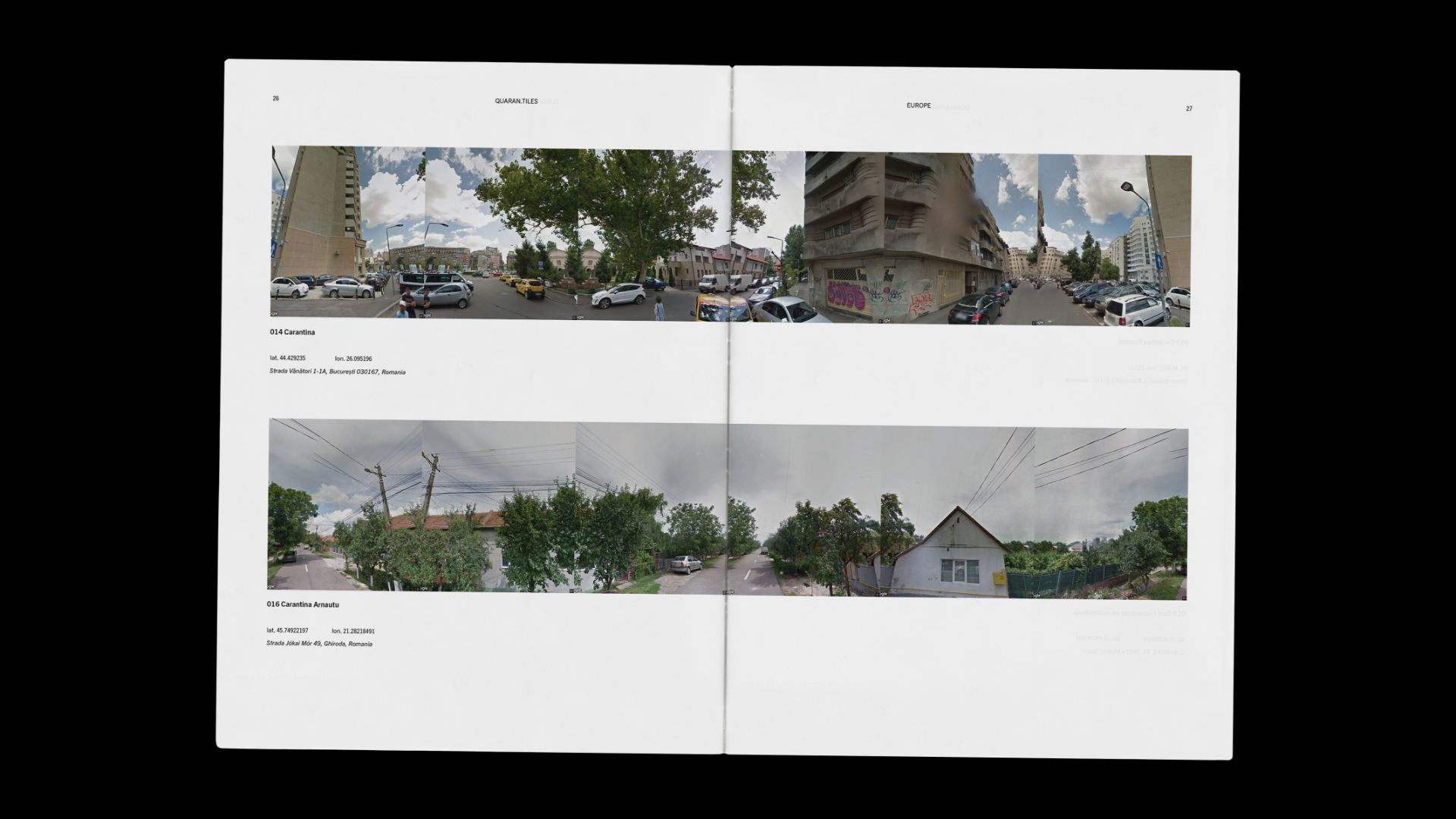Quaran.tiles. Archiving expressive digital places from instagram during the COVID-19 pandemic
Andrea Benedetti, Beatrice Gobbo, Giacomo Flaim
View presentation:2022-10-19T14:30:00ZGMT-0600Change your timezone on the schedule page
2022-10-19T14:30:00Z

The live footage of the talk, including the Q&A, can be viewed on the session page, VISAP: Papers 1.
Abstract
During the spring of 2020, COVID-19 limited contact between people and prevented from meeting and aggregating in real places. Many had to stay at home, and others spent time in quarantine facilities. In this context, virtual aggregation has increased at the expense of in-person aggregation. Expressive geo-tagging, namely the practice of creating locations with fictitious names to express an emotional condition, became worthy of attention. Grounded on anecdotal evidence, fictitious digital locations on social media such as “Quarantine” began to proliferate, which, despite not having a name that could be traced back to an existing place, still carried geo-referenced information with them. Starting from this concept, we present the book Quaran.tiles, an archive of 364 expressive digital places collected from Instagram in April 2020 and enriched with information from Google Street View, which aims to give space and dimension to the resulting collection of fictitious and mingling user-generated places.